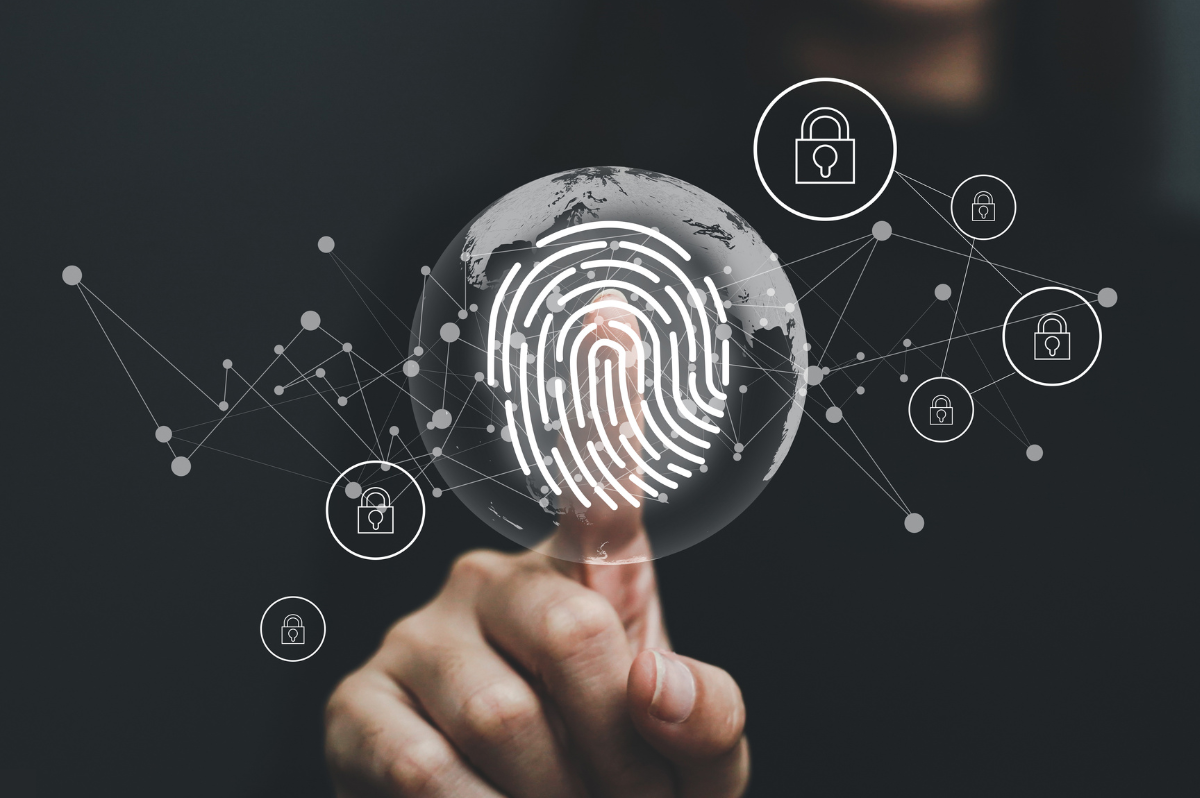Blockchain and IoT: Forging a Secure Digital Future

Imagine this. A hospital has two IoT devices – a patient monitoring system and an infusion pump. The patient monitoring system tracks vital signs, while the infusion pump system delivers medication based on those readings. Naturally, these IoT devices need to share data to perform their functions correctly. However, the stakes are high: any unauthorized access or manipulation of this communication could lead to dire consequences, including loss of life.
This is just one example of how IoT devices rely on data sharing and communication in the real world, and many others exist. For example, smart home devices such as security cameras, door locks, and thermostats must communicate to provide seamless automation and convenience to homeowners. Likewise, IoT devices such as GPS trackers and traffic sensors enable real-time monitoring of traffic conditions and route optimization in transportation.
But as these IoT interactions become more common, how will we authenticate, authorize and establish trust between internet-connected machines? Blockchain could — and should — be the answer.
What is Blockchain and How Does it Work?
Blockchain is a decentralized digital ledger that enables secure and transparent recording of transactions between parties. And to protect the integrity of the ledger, blockchain utilizes cryptographic algorithms.
Here’s how it works. Each transaction is recorded as a block, with a unique digital signature, timestamp, and a reference to the previous block. This chain of blocks is called the blockchain, and once a block is added, it can’t be altered or deleted (it’s immutable). This ensures the integrity and authenticity of the ledger.
But who maintains this ledger? Well, a distributed network of nodes maintains the blockchain network, ensuring that transactions are verified and validated before being added to the chain. No single entity has complete control over the network or data (it’s decentralized).
Why Are IoT Devices So Insecure?
Many manufacturers prioritize getting their products to market quickly, leaving security an afterthought. Additionally, many IoT devices have limited computing power and may not have the resources to implement robust security features. Lastly, there is currently no universally agreed-upon set of security standards for IoT devices, leaving them vulnerable to attacks.
Blockchain IoT Use Cases
The applications of blockchain in IoT and far-reaching and disruptive. Here are some specific blockchain IoT use cases:
- Secure communication: Blockchains can establish secure communication channels between IoT devices, preventing unauthorized access to data and ensuring that messages are not tampered with. For example, a smart home security system could use blockchain to securely transmit data between sensors and a central hub, preventing hackers from intercepting or altering the data.
- Immutable record-keeping: Blockchain can provide an immutable record of all transactions and communications between IoT devices. Any attempted changes or unauthorized access to the data can be immediately identified and traced back to the source. This is especially critical in industries where data integrity is paramount, like healthcare and finance.
- Supply chain management: With blockchain, we can track the movement of goods throughout the supply chain, ensuring no counterfeiting or tampering occurs. For example, a food company could use blockchain to track the movement of its products from the farm to the store, ensuring that they are fresh and safe to eat.
- Smart contracts: Organizations can use blockchain to create smart contracts that execute automatically when certain conditions are met. For example, a smart parking system could use blockchain to automatically charge drivers when they park their cars in designated spaces, based on how long they stay parked.
- Decentralized data storage: Organizations can use blockchain to store data in a decentralized manner, ensuring that the data remains safe from loss or tampering. For example, a healthcare provider could use blockchain to store patient records, ensuring they are secure and accessible to authorized parties.
- Energy management: Blockchain can be used to manage energy distribution more efficiently and transparently. For example, a smart grid system could use blockchain to track the production and consumption of energy and automatically adjust the distribution of energy based on demand.
- Identity management: Blockchain can be used to manage digital identities in a secure and decentralized way. For example, an office could use blockchain to manage employee and device identities and provide secure access to services and resources.
How Could Blockchain Solve IoT Security and Scalability Challenges
IoT presents a unique challenge when it comes to security and scalability. With data transactions taking place across multiple devices owned and administered by different organizations, pinpointing the source of any data leaks in case of a cyber attack can be difficult. Additionally, the sheer volume of data generated by the IoT, coupled with multiple stakeholders involved, often leads to accountability disputes.
However, blockchain technology offers a promising solution to these challenges. Here’s how:
- Distributed ledger technology removes the need for trust among involved parties and reduces the risk of unauthorized access or data breaches.
- Blockchain’s robust encryption provides an additional layer of security that makes it virtually impossible to overwrite existing data records.
- Blockchain’s transparency allows authorized users to track past transactions and identify the source of any data leakages. It removes any debate about where a breach originated and who is accountable.
- Blockchain technology enables fast processing of transactions and coordination among billions of connected devices. This will become increasingly important as IoT devices continue to surge in popularity.
- Blockchain can reduce costs by eliminating the processing overheads related to IoT gateways, such as traditional protocol, hardware, or communication overhead costs.
Final Thoughts
Blockchain technology offers a promising solution to IoT’s security and scalability challenges. With its ability to establish trust, provide robust encryption, offer transparency, enable fast processing of transactions, and automate contractual arrangements, blockchain can transform IoT interactions for the better. As a result, Blockchain IoT technology can help build a safer and more secure future.
Try Portnox Cloud for Free Today
Gain access to all of Portnox's powerful zero trust access control free capabilities for 30 days!



